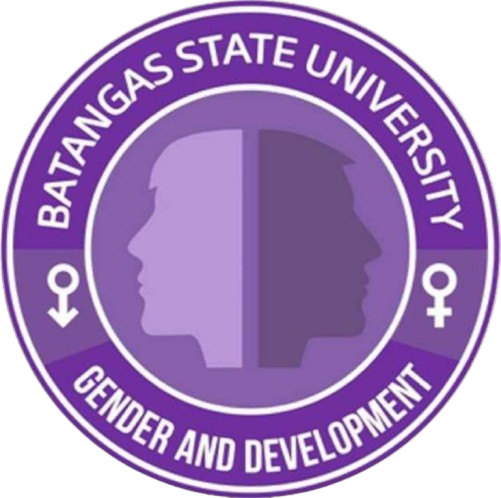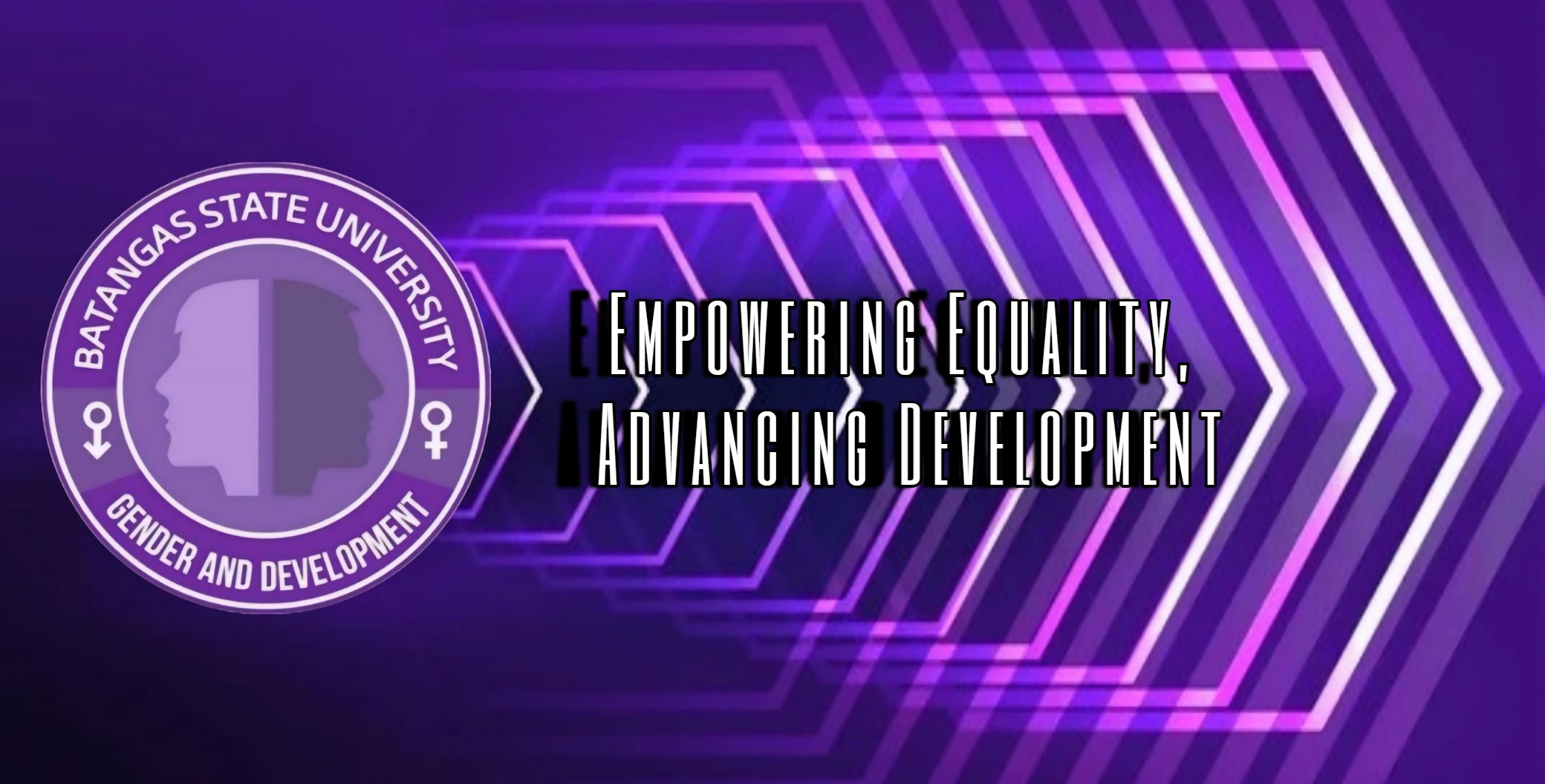




In 1993, the National Economic and Development Authority (NEDA) and the National Commission on the Role of Filipino Women (NCRFW), now known as the Philippine Commission on Women (PCW), collaborated with various government agencies to develop the Guidelines for Developing and Implementing Gender-Responsive Programs and Projects. This groundbreaking document was created to align with Republic Act (RA) No. 7192, the Women in Development and Nation-Building Act, and its Implementing Rules and Regulations.
The guidelines sought to address critical gaps in development planning, including the lack of sex-disaggregated data and statistics essential for effective programming. It also aimed to integrate a Gender and Development (GAD) perspective across all stages of the development project cycle.
During the mid-1990s, international development agencies recognized the importance of gender inclusivity. Most Official Development Assistance (ODA) donors introduced their own GAD frameworks, helping local partners incorporate gender-sensitive approaches into program design and implementation.
By the early 2000s, Philippine government agencies faced challenges due to the overlapping and inconsistent GAD checklists from various donors and agencies. To address this, in 2003, NEDA and the ODA-GAD Network initiated a harmonization process, producing a common set of guidelines that aligned the priorities of donors and the Philippine government.
The shift from the Women in Development (WID) framework to the more inclusive Gender and Development (GAD) approach reflects a growing emphasis on women's rights and gender equity. WID primarily focused on integrating women into development programs, whereas GAD promotes a more holistic approach, addressing systemic barriers to gender equality and empowering all individuals regardless of gender.
The current GAD guidelines reflect this evolution and incorporate lessons learned over the decades. These guidelines emphasize gender mainstreaming in national development strategies and underscore the importance of recognizing women as equal partners in nation-building.
The GAD guidelines are more than just a set of rules; they are a testament to the Philippine government’s commitment to achieving gender equality. These guidelines provide a roadmap for implementing gender-responsive governance and sustainable development. By fostering collaboration between government agencies, donors, and civil society, the guidelines aim to create a more inclusive society where every individual can realize their full potential.
In 1993, the National Economic and Development Authority (NEDA) and the National Commission on the Role of Filipino Women (NCRFW), now known as the Philippine Commission on Women (PCW), collaborated with various government agencies to develop the Guidelines for Developing and Implementing Gender-Responsive Programs and Projects. This groundbreaking document was created to align with Republic Act (RA) No. 7192, the Women in Development and Nation-Building Act, and its Implementing Rules and Regulations.
The guidelines sought to address critical gaps in development planning, including the lack of sex-disaggregated data and statistics essential for effective programming. It also aimed to integrate a Gender and Development (GAD) perspective across all stages of the development project cycle.
During the mid-1990s, international development agencies recognized the importance of gender inclusivity. Most Official Development Assistance (ODA) donors introduced their own GAD frameworks, helping local partners incorporate gender-sensitive approaches into program design and implementation.
By the early 2000s, Philippine government agencies faced challenges due to the overlapping and inconsistent GAD checklists from various donors and agencies. To address this, in 2003, NEDA and the ODA-GAD Network initiated a harmonization process, producing a common set of guidelines that aligned the priorities of donors and the Philippine government.
The shift from the Women in Development (WID) framework to the more inclusive Gender and Development (GAD) approach reflects a growing emphasis on women's rights and gender equity. WID primarily focused on integrating women into development programs, whereas GAD promotes a more holistic approach, addressing systemic barriers to gender equality and empowering all individuals regardless of gender.
The current GAD guidelines reflect this evolution and incorporate lessons learned over the decades. These guidelines emphasize gender mainstreaming in national development strategies and underscore the importance of recognizing women as equal partners in nation-building.
The GAD guidelines are more than just a set of rules; they are a testament to the Philippine government’s commitment to achieving gender equality. These guidelines provide a roadmap for implementing gender-responsive governance and sustainable development. By fostering collaboration between government agencies, donors, and civil society, the guidelines aim to create a more inclusive society where every individual can realize their full potential.